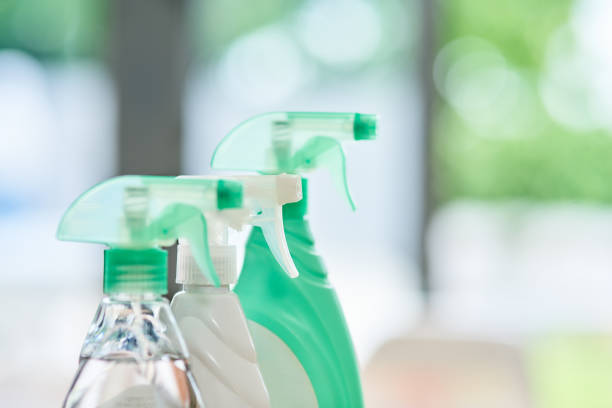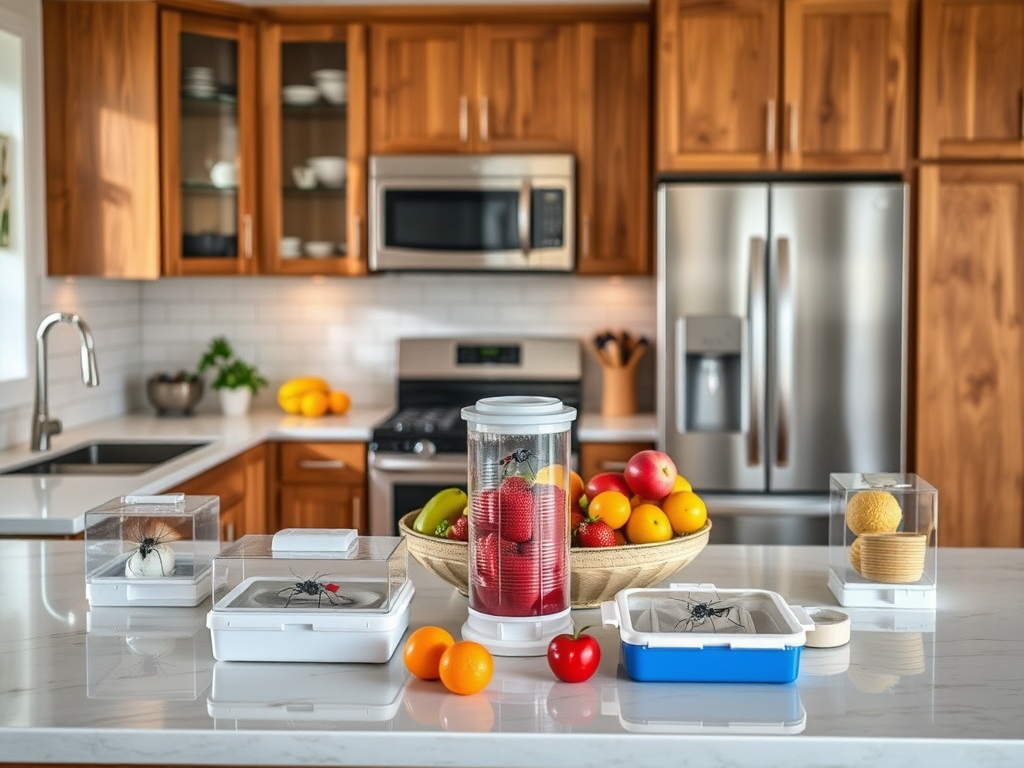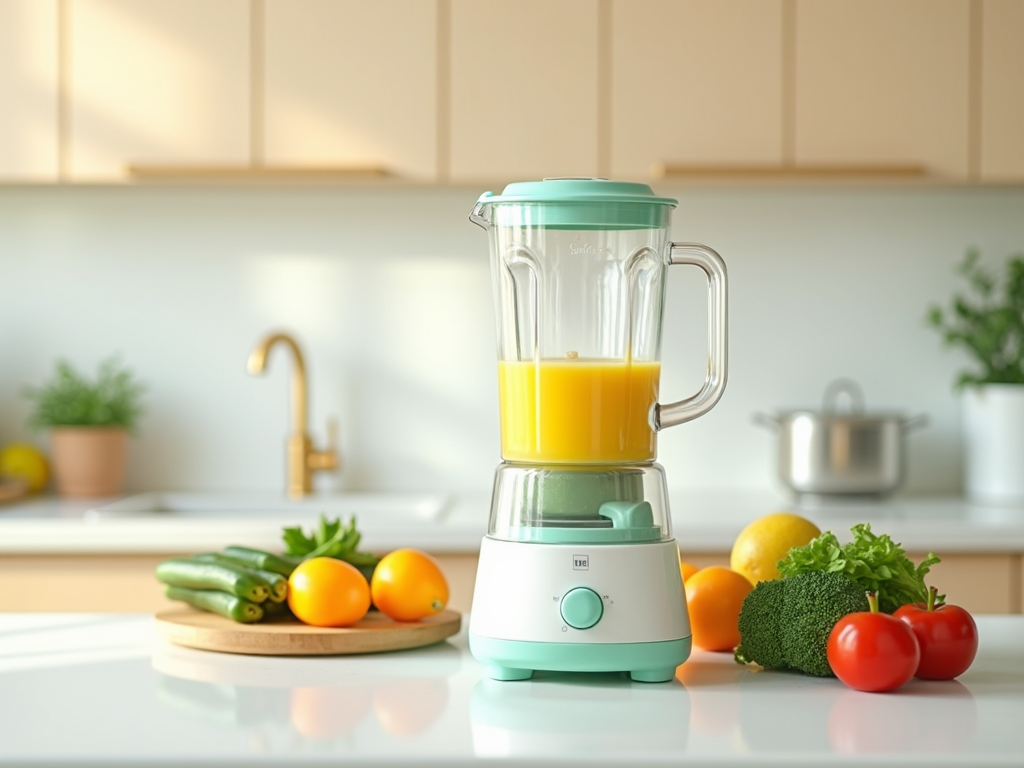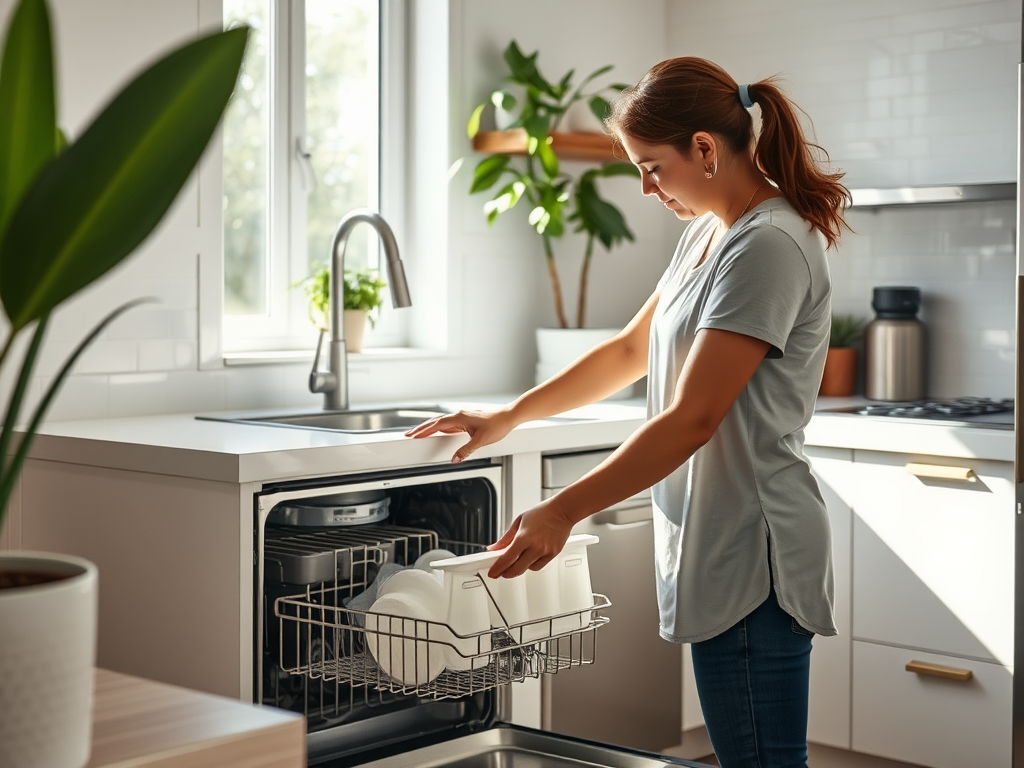Organizing cleaning supplies can help you keep your home tidy and ensure that you have everything you need when it’s time to clean. Proper organization not only saves time but also makes the task of cleaning less daunting. In this article, we’ll discuss various strategies for organizing your cleaning supplies to make your cleaning routine more efficient.
Assess Your Cleaning Supplies
The first step in organizing your cleaning supplies is to take stock of what you already have. This involves examining every cleaning product, tool, and accessory in your home. By doing this, you can determine what items you actually need and which ones you can discard. Make an inventory list to help you see which supplies are running low and may need replenishing.
Consider categorizing your supplies into groups such as:
- All-purpose cleaners
- Bathroom cleaners
- Floor cleaners
- Specialty cleaners (e.g., glass cleaner, upholstery cleaner)
- Cleaning tools (e.g., sponges, brushes, mops)
Once you have categorized your supplies, you can decide on the best storage solutions for each category.
Choose the Right Storage Solutions
Having the right storage solutions can significantly simplify the organization process. Choosing the appropriate storage depends on the space available in your home and the quantity of supplies you have. Here are some common storage solutions:
- Cleaning Caddies: Mobile caddies are great for keeping all necessary supplies in one place. They are perfect for carrying from room to room.
- Shelves and Cabinets: Use shelves and cabinets to store bulkier items and less frequently used supplies. Install shelves at different heights to maximize space.
- Under-Sink Storage: The space under your kitchen or bathroom sink is ideal for storing frequently used cleaning supplies.
- Wall-Mounted Racks: These racks can hold brooms, mops, and other tools, keeping them off the floor and easily accessible.
- Drawer Organizers: Use drawer organizers to keep smaller items like sponges, cloths, and brushes neatly arranged.
Choose the solutions that best fit your needs and space limitations to keep everything in order.
Label Everything
Labeling is a crucial part of maintaining an organized cleaning supply area. When everything is labeled, it becomes easier to find what you need and ensures that every item is returned to its correct place. Use a label maker or write clearly on adhesive labels. Make sure all your categorized supplies and storage containers are labeled accordingly.
For example:
- Label bins for specific types of cleaners (e.g., “Kitchen Cleaners,” “Bathroom Cleaners”).
- Label shelves where bulk items like paper towels and cleaning cloths are stored.
- Label drawers and caddies with the names of their contents.
Consistent labeling helps maintain order and allows everyone in the household to contribute to keeping the space tidy.
Implement Checklist for Replenishment
Keeping cleaning supplies organized also means knowing when to replenish them. Implementing a checklist can help you keep track of what you have and what you need to buy. Here’s how to create a replenishment checklist:
1. List all the essential cleaning supplies you use regularly.
2. Note the current quantity of each item.
3. Determine the minimum quantity needed for each supply.
4. Regularly update the list as you use items.
5. Set a reminder to review your checklist monthly.
This will help ensure you never run out of crucial cleaning supplies and can purchase items in bulk when necessary, saving time and money.

Maintain Regular Organization
After organizing your cleaning supplies for the first time, maintenance is key. Make it a habit to return items to their designated places immediately after use. Spend a few minutes each week to tidy up your cleaning storage area and discard empty containers or worn-out tools.
Additionally, consider revisiting your storage solutions periodically to ensure they still meet your needs. Adjust as necessary, especially if you introduce new cleaning products or tools into your routine.
By maintaining regular organization, you’ll find that your cleaning tasks become more efficient and less stressful.
Conclusion
Organizing your cleaning supplies is a straightforward process that can greatly enhance the efficiency and effectiveness of your cleaning routine. By assessing what you have, choosing the right storage solutions, labeling everything, implementing a replenishment checklist, and maintaining regular organization, you can create a system that works best for you. A well-organized cleaning supply area not only saves time but also makes the task of cleaning more enjoyable.
FAQ
1. How often should I clean and organize my cleaning supplies?
It’s recommended to clean and organize your cleaning supplies at least once a month. This helps in discarding expired products and ensuring that everything is in its place, making your cleaning routine more efficient.
2. What should I do with expired cleaning products?
You should dispose of expired cleaning products according to your local waste disposal guidelines. Many communities have specific disposal sites or guidelines for hazardous materials.
3. Can I store all cleaning supplies together?
It’s better to store cleaning supplies based on their use and the type of chemicals they contain. Separate flammable or hazardous materials and keep them in a secure area, away from children and pets.
4. How can I make sure I never run out of cleaning supplies?
Implement a checklist for replenishment that keeps track of the quantity of supplies you have and alerts you when you need to buy more. Regularly reviewing this checklist will ensure you always have what you need.
5. What are some tips for maintaining an organized cleaning supply area?
Regularly return items to their designated places, spend a few minutes each week tidying up, discard empty containers, and periodically revisit your storage solutions to ensure they still meet your needs. These habits will help maintain an organized space.



